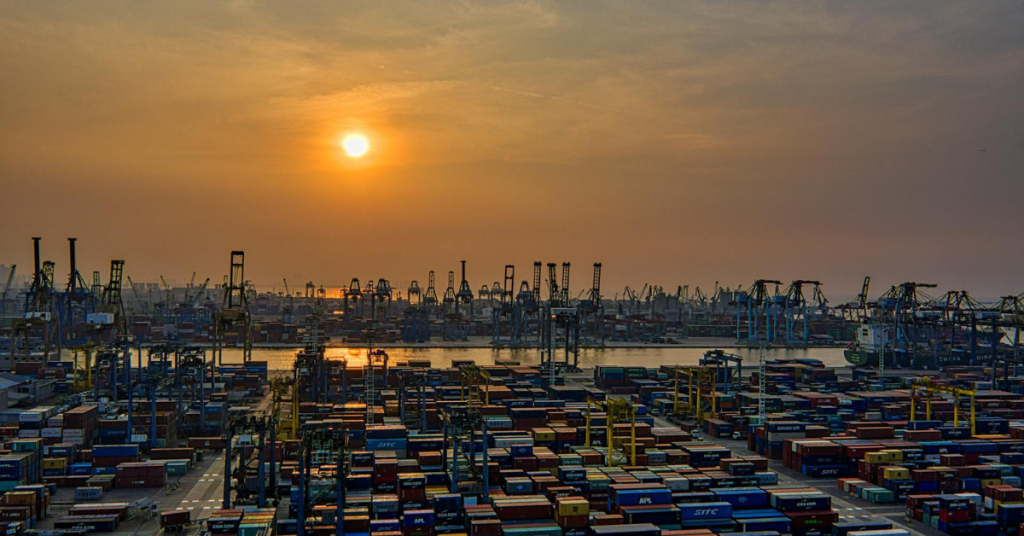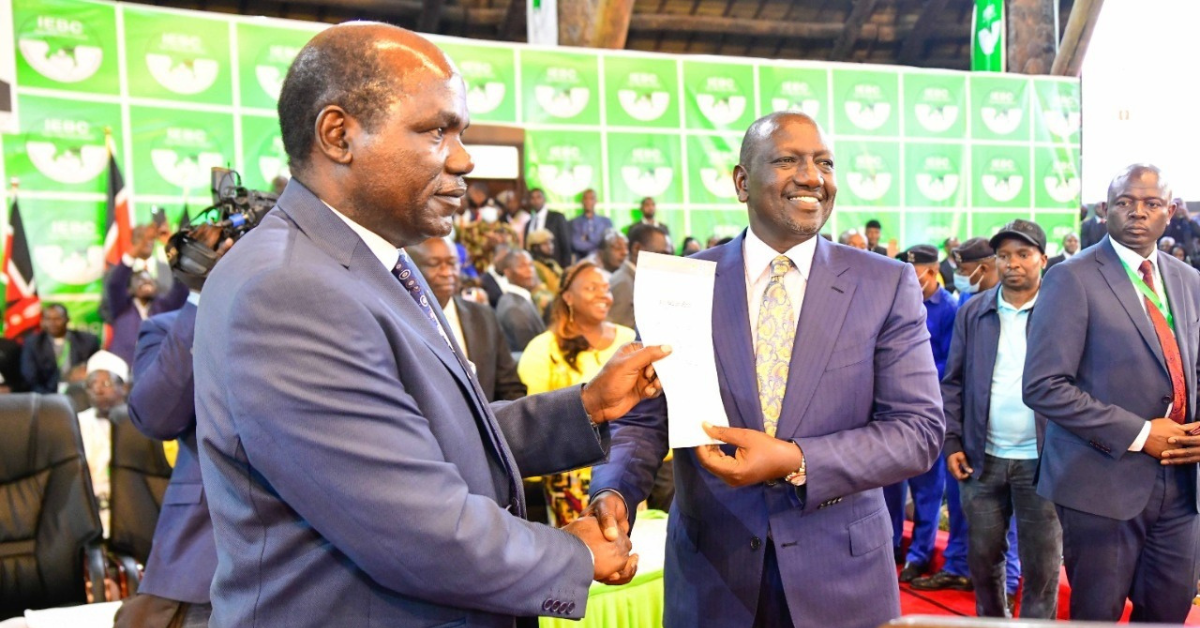In the context of regional and global trade, the story of the Tower of Babel makes an interesting parallel to Africa’s trade narrative in the present time. According to the account in the Book of Genesis, the people of a unified city decided to make a name for themselves and build a tower into heaven. When God came down to see their progress, he observed that these people were indeed united in purpose and they all spoke one language.
“Nothing that they propose to do will be withheld from them,” he said, “Come, let us go down and confuse their language, that they may not understand one another’s speech.” With that decision, he put an end to their ambitions and instead they were scattered over the whole earth and the project to heaven ceased.
In Africa, there are more than a dozen overlapping regional trade arrangements of which only 8 are recognized by the African Union. Despite these, intra-Africa trade and investment has remained a distant goal with low trade volumes among African countries partly due to the conflicting trade policies and a ‘bandwagon effect’ brought about by overlapping membership in the different trading blocs.
Whilst the preceding trade arrangements in Africa were set up to promote colonial interests, recent negotiations have been motivated by dissatisfaction with the slow progress in multilateral trade liberalization in the context of the World Trade Organisation (WTO) hence the push South-South trade.
In many respects when 26 African heads of state representing the countries that make up the three major trade blocs converged on the shores of the Red Sea at Sharm el Sheikh, in Egypt on June 10, 2015 for the formalization of the Tripartite Free Trade Area Agreement (TFTA), Africa’s hope for harmonising trade policies, removing trade barriers and promoting trade facilitation was renewed. The main attraction is the offer of 100% liberalization on tariff lines. No country should thereafter face higher tariffs under the new trade regime.
Trading will also be governed by harmonised rules of origin, which ensure that only goods produced in the region benefit from the preferential trading arrangements. The TFTA will also ensure that; Angola, DR Congo, Eritrea, and Ethiopia that are currently outside existing FTAs are involved in the tariff liberalization process. The agreement will also ensure that countries in the various FTAs that are not trading under any preferences are enabled to exchange and negotiate tariff offers among themselves.
The new TFTA will be truly in place once all the non-FTA countries are participating fully within their regional economic communities and necessary tariff offers have been exchanged and duties eliminated. This is expected to become a reality by July 2016.
Africa’s trade potential is not in question. Records from antiquity show that the world’s second largest continent made its mark in history long ago both as a point of origin as well as a sought after trade destination despite the existence of real logistical and language barriers. Not even the negative histories of the African slave trade and colonialism that depleted the continent of its human and natural resources were able to obliterate the giant that Africa is.
With a combined market of 625 million people in 26 countries, the East African Community (EAC), Southern African Development Community (SADC) and the Common Market for Eastern and Southern Africa (COMESA) will be the largest single trading bloc in Africa with a gross domestic product of more than USD 1 trillion. Data from a study by the Institute of Development Studies at the University of Sussex, indicates that with the elimination of tariffs on trade, the three regional economic communities (RECs) within this expanded market are projected to generate annual welfare gains of at least USD 3.3 billion per annum.
Entrepreneurs and traders will also benefit from better policy coordination and cohesion across sectors, especially in industry and infrastructure development as well as a reduction in overlapping memberships in the RECs.
As far back as 2011, negotiations to establish the Tripartite Free Trade Area (TFTA) undertook to cover trade in goods, services, intellectual property rights, competition policy, development and cross-border investments. An agreement on the movement of traders was negotiated parallel to that on trade in goods. The TFTA arrangement has adopted a development approach towards integrating the economies of the 26 Member States of the three regional economic communities based on the three pillars of Market Liberalization, Industry Development and Infrastructure Development.
Inter-state cooperation implemented through regional trade agreements is not new on a continent that boasts some of the oldest trade arrangements in the world among them the Southern Africa Customs Union (SACU) and the old EAC, established in 1910 and 1917 respectively. Since then, trade agreements have proliferated and to date 406 are in force. By April 2015, a total of 612 agreements had been notified to the WTO.
If we were to rewrite a befitting end to the story in the Tower of Babel it should say that the gods of Africa at last conspired to create such a seamless platform for trade and development that no human language was required for the citizens of the continent to grow and prosper.


